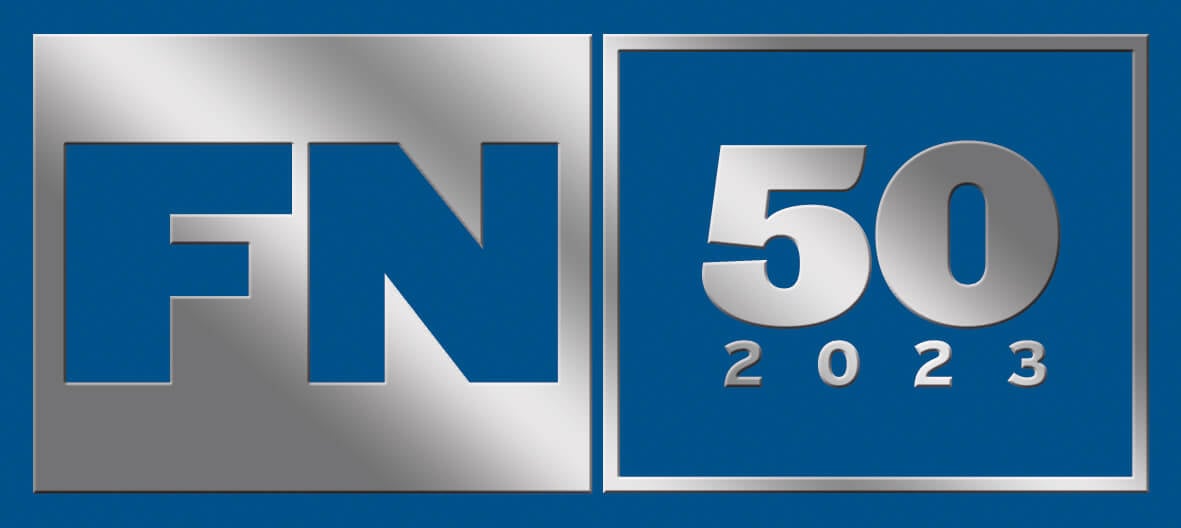Pre-tax profits for the FN50 have exceeded £2 billion for the first time, thanks to record-breaking used car prices driven by the semiconductor shortage.
Collectively, the FN50 reports pre-tax profits of £2.04bn* – up £500 million on the £1.5bn achieved last year and more than three times the £625 million reported in 2021.
Highlighting how record-breaking residual values (RVs) have driven the 36% rise in profits, revenues for the FN50 have only increased by 4%, year-on-year (YOY).
The turnover of FN50 companies reached £12bn* – a £400m increase on the £11.6bn reported last year. It is no surprise then that the FN50’s profit margin – a ratio derived from a company’s profit divided by its revenue – has also increased, up from 13% to 17%.
Lex Autolease reports massive growth in both revenues and pre-tax profits.
Profit before tax for the UK’s second biggest vehicle leasing company increased by almost 26% – more than £110m – from £433m to more than half a billion pounds (£544m) YOY, despite its risk fleet only increasing by 1.6%.
One of the main contributors to the increase in performance, it says, was the impact of the global semiconductor shortage restricting supply across the auto industry, increasing the demand for, and value of, used vehicles, leading to continued strong profits on vehicle disposal.
“There have been challenges throughout our sector for both businesses and consumers,” Tim Buchan, Zenith
Zenith, the UK’s seventh largest leasing company, also highlights the impact of used car price rises, increasing turnover and profitability, while growing its car fleet by 8% in the past year.
In terms of cars and vans, its risk fleet grew by 4.6%, from 66,536 to 69,281 vehicles, according to this year’s FN50.
Profit growth, it says, has been driven by high RVs, a growth in fleet size and increased rental activity.
In its annual financial results for the year ending March 31, Zenith says that turnover increased by 16.8% to £688.1m (2022: £589.1m) and it delivered another record earnings before interest, taxes, depreciation and amortisation (EBITDA) of £79.4m (2022: £74.7m).
Against a challenging economic backdrop, Zenith CEO Tim Buchan says that the company’s diverse business model, addressing business and consumer markets, has proved resilient, driving positive outcomes across the Group’s car, van and truck divisions.
He added: “From the ongoing war in Ukraine and supply chain disruption, inflationary pressures and interest rate uncertainty, to increases in overhead costs, there have been challenges throughout our sector for both businesses and consumers.
“Nevertheless, we have stepped up and shown how we can adapt and grow as a team to thrive.”
The 2023 FN50 in detail. Read the full FN50 ezine report which includes insight into leasing profits, the biggest challenges facing the fleet sector over the next 12 months, CO2 emissions trends, replacement cycles, fines and charges funding methods, and fear wear and tear costs.

Improving new car supply
New car supply has picked up in recent months, with fleet and business registrations driving the market, holding a 59% market share in October, according to the latest data from the Society of Motor Manufacturers and Traders (SMMT).
More than 90,000 company cars were registered to fleet and business in October – almost 20,000 units more than October 2022 – a 27% uplift.
Private new car registrations were up by just 0.3% to 62,915 units.
SMMT says the exceptional growth in company car registrations represents a market rebalancing after constrained supply in 2022 restricted deliveries to business and fleet customers.
Year-to-date, almost 900,000 company cars have been registered to fleet and business, a 39% increase on the 640,000 units delivered over the same time period, last year.
That equates to a 56% share of the new car market, with private sales only increasing by 1.6% to just over 713,000 new cars sold.
Long lead times have been a major challenge for end-user fleets over the past two years, but Ian Hughes, CEO of Zenith's corporate division, told Fleet News recently that there is now much more certainty in the market.
“We’re seeing a really stable and predictable supply chain now, which it wasn’t previously,” he said.
However, it was that shortfall in new stock, which forced fleets to agree informal extensions while they waited for replacement vehicles to be delivered, that has squeezed the supply of product entering the used market.
Used vehicle prices

The scale of the squeeze on supply in the used car market was revealed in figures published by the SMMT at the start of the year.
The data showed that used car transactions fell by 8.5% in 2022, with 640,179 fewer vehicles changing hands than in 2021, leading to double digit percentage increases in used values.
The situation is improving, however, reflecting sustained growth in the new car market and improving availability.
The latest SMMT data shows that the used car market grew by 5.5% during Q3, with 1,884,160 units changing hands.
The increase marks the third successive quarter of growth, with 98,713 additional transactions compared with the same period in 2022, following an increase in supply as the new car market recovers.
Volumes in each month of the quarter rose, with the strongest gain in September, up 6.3%, which helped the market deliver the best Q3 performance since 2021.
As a result, the overall market is up 4.6% to 5,563,576 units year to date, an increase of 244,094 units on 2022, although uptake remains 9.3% below pre-pandemic levels.
Furthermore, the record price rises seen in the used market over the past couple of years appears to have now abated.
Largest drop in used values

The average value of a used car at three years, 60,000 miles, fell by 4.2% in October, equivalent to £850, according to new figures from Cap HPI.
It is the largest drop in a single month since the introduction of Cap Live in 2012 and the largest fall since May 2011, more than 12 years ago.
Derren Martin, director of valuations at Cap HPI, said: “Whilst used values do generally remain high from prior years' increases, there is no escaping that this is a considerable reduction in value.
“Indeed, In the last 10 years, we have only witnessed monthly drops in Live values of over 3% on three occasions - November 2014, May 2019 and November 2020, and this is the largest October fall ever recorded.”
It is a considerable realignment, according to Martin, with values now having dropped by a cumulative 13.6% in seven months since April.
“Overall, October has been a ground-breaking month for used value drops,” he said. “Large reductions both for the time of year and in general, a considerable realignment following three strong years of upward movements or stability.
“Market prices are shifting, but they remain close to 20%, for petrol and diesel vehicles at least, above where they were at the start of 2021. This remains a realignment, albeit significant, not a crash.”
Cox Automotive is predicting that used car transactions for the year will exceed 7.1 million units, a 4% YOY increase.
However, that will still be 3% below the average pre-pandemic yearly figure, with Cox forecasting 1,866,540 transactions in Q3, softening to 1,607,517 in Q4. With various challenges persisting, a more substantial recovery is not expected until early or mid-2024.
*The combined pre-tax profit and total turnover figures are estimates, with pre-tax profits based on the reported figures for 81% of the FN50 risk fleet, and revenues based on returns for 84%.





















Login to comment
Comments
No comments have been made yet.